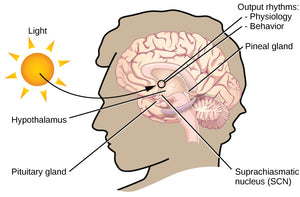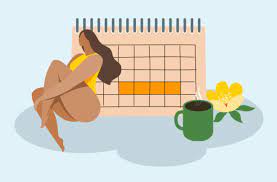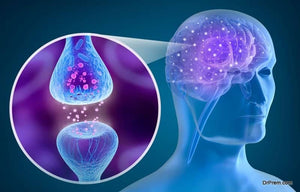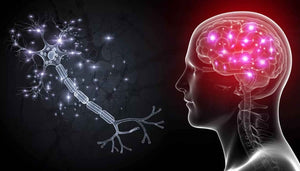Understanding Circadian Rhythms: Your Body's Internal Clock
Have you ever wondered why you feel sleepy at night and awake during the day? Or why you tend to feel more tired in the early afternoon? It all has to do with your body's internal clock, also known as circadian rhythms. These rhythms are like natural cycles that determine when your body should be active or at rest. In this section, we'll explore the fascinating world of circadian rhythms and how they affect your daily life.
What Are Circadian Rhythms?
Let's start with the basics. Circadian rhythms are cyclical changes that occur in biological systems. They have evolved because our environment experiences cyclic changes too, like the transition from day to night or the shift from summer to winter. The most important of these rhythms are the circadian rhythms, which are cycles that last about 24 hours. The term "circadian" comes from the Latin words "circa" (about) and "dies" (a day). Almost all organisms, including humans, have a biological representation of the 24-hour day.
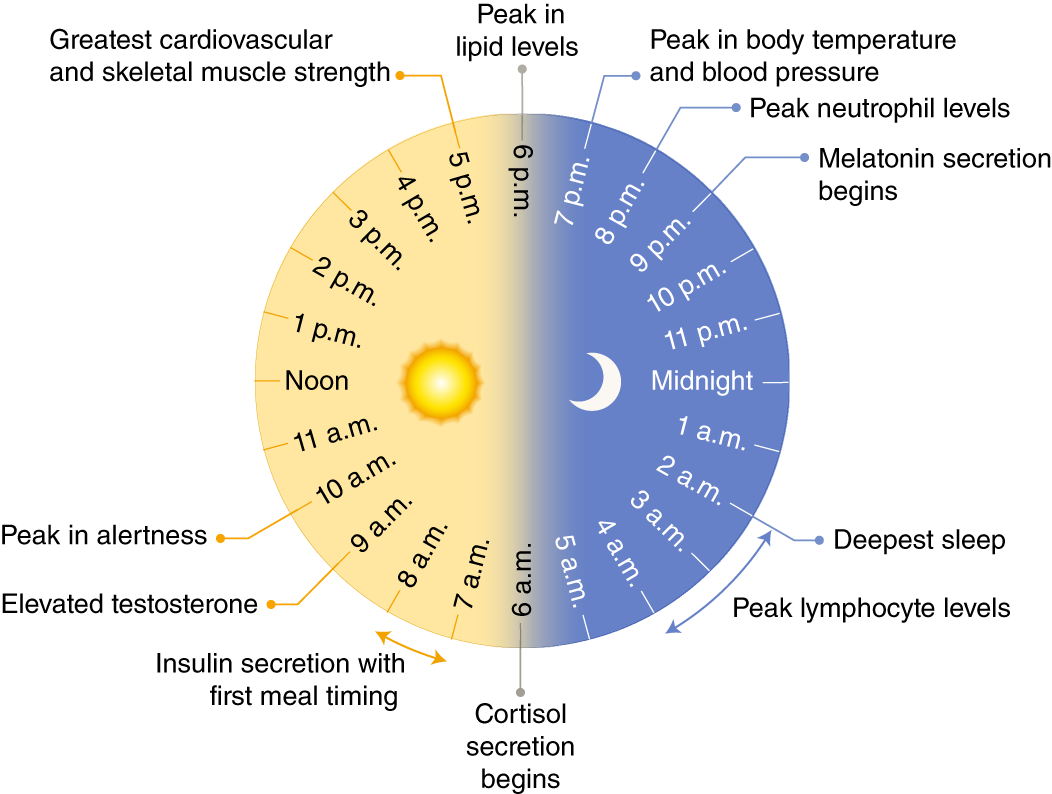
The Circadian Rhythms and Your Body Clock
Your body clock, also known as the circadian pacemaker, is responsible for driving your circadian rhythms. It's found in all the cells of your body and is synchronised by the master circadian pacemaker called the suprachiasmatic nucleus (SCN), located in the hypothalamus. The body clock needs to be constantly reset to keep your body in sync with the outside world. Light plays a crucial role in this process, as it provides the primary input to the system and helps set your body clock to the correct time. In mammals, special light-sensitive cells in the eyes detect the brightness and send signals to the SCN, which then coordinates the activity of the entire circadian system.
The Sleep-Wake Cycle
One of the most familiar circadian rhythms is the sleep-wake cycle. It determines when you feel the need to sleep and when you wake up. Light and darkness are the external signals that guide this cycle. When it's dark, your body prepares for sleep, and when it's light again, you wake up. Your circadian rhythm also experiences dips and rises at different times of the day. The strongest sleep drive usually occurs between 2-4 am and 1-3 pm (known as the post-lunch dip). The intensity of sleepiness during these dips depends on how much sleep you've had and whether you are sleep deprived or well-rested.
Sleep and Wakefulness
The sleep-wake cycle is not solely regulated by the circadian rhythm; it's also influenced by homeostatic control. Homeostasis is responsible for telling your body when it needs to sleep after being awake for a long period of time. As you stay awake, the need for sleep gradually increases throughout the day, reaching its peak in the late evening when most people naturally fall asleep. This means that your circadian system keeps you awake as long as there is daylight, while the homeostatic system makes you sleepier as time goes on, regardless of whether it's day or night.
Other Circadian Rhythms
Apart from the sleep-wake cycle, circadian rhythms affect various other aspects of your body. Core body temperature is one of the best indicators of the circadian rhythm. It reaches its lowest point at around 4:30 am and its highest at around 6 pm. Sleep usually occurs when the core temperature starts to drop, and body temperature rises during the last hours of sleep, promoting a feeling of alertness in the morning. There's also a small drop in body temperature that occurs for many people between 2 pm and 4 pm, which explains the common afternoon sleepiness experienced by many.
Hormone production is another process regulated by circadian rhythms. For example, melatonin, a hormone produced by the pineal gland in the brain, follows a circadian rhythm. Its production peaks during the hours of darkness and promotes feelings of sleepiness. When it's dark, more melatonin is produced, and as it becomes light, melatonin production decreases, signaling wakefulness.
Research and Individual Differences
Scientific studies have provided valuable insights into circadian rhythms. A notable case study involves French cave explorer Michel Siffre, who conducted experiments on his own circadian rhythms by spending extended periods underground. Without external cues like daylight or clocks, he relied solely on his internal body clock. Through his experiments, Siffre discovered that his body clock could stretch to over 24 hours and even up to 48 hours as he aged. This suggests that individual differences and aging can affect circadian rhythms.
Research has also shown that light plays a significant role in regulating circadian rhythms. For example, a study conducted in the British Antarctic Station found that cortisol levels, an important hormone affected by circadian rhythms, followed different patterns during continuous darkness compared to regular daylight cycles. However, studies among scientific communities in the Arctic, who experience prolonged winter darkness, did not show the same disruption in cortisol release patterns. This suggests that variations in circadian hormone release may be influenced by factors specific to certain regions.
The Impact of Light and Artificial Lighting
Early studies on circadian rhythms underestimated the impact of artificial light on the body's internal clock. Participants were often isolated from external cues like clocks and radios but were not shielded from artificial light. Recent research has shown that even dim artificial lighting can affect circadian rhythms, altering their duration. For instance, participants' circadian rhythms were manipulated to last between 22 and 28 hours through the use of dim artificial lighting alone. This suggests that previous studies may have been confounded by the presence of artificial light.
Chronotherapeutics and Circadian Rhythms
Understanding circadian rhythms has practical applications, one of which is chronotherapeutics. This field focuses on how timing affects drug treatments. The time when patients take their medication can have a significant impact on treatment success. For example, the risk of a heart attack is highest in the early morning hours after awakening. To address this, chronotherapeutic medications have been developed with drug delivery systems that release the drug during the vulnerable period of 6 am to noon, even if the medication was taken the night before.
Temperature and Circadian Rhythms
While light is often considered the primary factor in setting circadian rhythms, researchers such as Buhr et al. suggest that temperature might play a more critical role. Light may act as the trigger, but the SCN transforms information about light levels into neural messages that regulate the body's temperature. Fluctuations in body temperature throughout the day set the timing of cells in the body, causing tissues and organs to become active or inactive. This suggests that temperature could be a key factor in setting circadian rhythms.
Conclusion: Discover Your Circadian Rhythms
Circadian rhythms are an integral part of your body's functioning. They influence your sleep-wake cycle, hormone production, and various physiological processes. Understanding your circadian rhythms can help you optimize your daily routine, ensuring you get enough rest and energy to perform at your best.
Now that you've learned about circadian rhythms, why not test your knowledge with our quiz? It's a fun way to reinforce what you've learned and deepen your understanding of this fascinating topic. Discover your inner rhythm and unlock the secrets of your body's internal clock!

